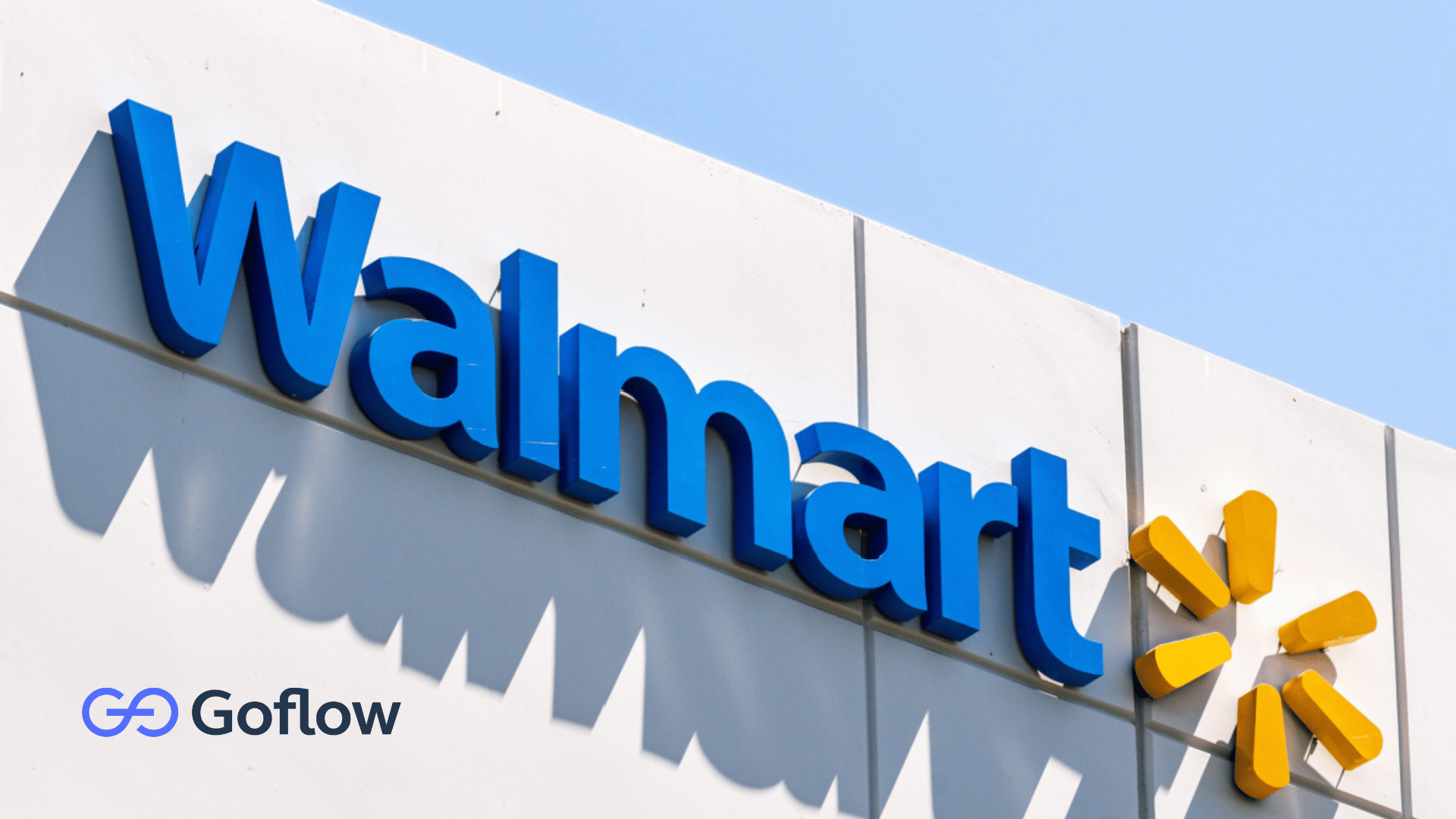Walmart’s eCommerce Sales Surge 21%—Here’s What It Means for Marketplace Sellers
Digital profits, ad growth, and delivery speed signal a new era for third-party sellers.

What’s happening:
Walmart U.S. eCommerce sales rose 21% year-over-year in Q1 2025, marking the company’s first-ever profitable quarter for online operations. CEO Doug McMillon cited Walmart’s ability to absorb tariff pressures through scale, marketplace growth, and store-fulfilled delivery as key drivers.
Why it matters:
Marketplace sellers should take note: Walmart’s digital strategy has entered a new phase. This isn’t just about building infrastructure anymore—it’s about scaling profitably. If you’re selling on Walmart.com, or considering it, the platform is now a credible growth engine.
At a Glance
U.S. eCommerce sales increased 21% year-over-year in Q1 2025
First-ever profitable quarter for Walmart’s U.S. eCommerce operations
Key drivers: store-fulfilled delivery, marketplace expansion, and retail media
Walmart Connect ad revenue grew 31%
McMillon called digital channels a “tariff-proof” advantage
(Source: PYMNTS)
The Deep Dive
Walmart’s eCommerce Business Is Now Profitable
During Walmart’s Q1 earnings call, CEO Doug McMillon announced that its U.S. eCommerce business turned a profit for the first time—driven by a blend of marketplace revenue, advertising, and local fulfillment.
“Our eCommerce business in the U.S. is profitable,” McMillon said. “We’re making progress on both top-line growth and margin.”
This milestone marks a shift from years of investment into infrastructure and fulfillment. Walmart is now operating digital as a margin-generating business.
Delivery Speed Is Walmart’s Competitive Edge
Walmart is leveraging its store footprint to offer ultra-fast delivery. According to McMillon, 75% of the U.S. population now has access to delivery within three hours. In Q1 alone, Walmart saw a 91% year-over-year increase in deliveries completed in under three hours.
“Our stores are becoming hybrid centers—they serve in-store shoppers and fulfill online orders,” he explained. “That gives us a structural cost advantage and lets us move quickly when customer demand shifts.”
Walmart’s local fulfillment model offers sellers a unique advantage in reaching customers without the overhead of managing centralized logistics.
Marketplace and Advertising Growth Power the Model
Walmart Marketplace continues to be a central driver of eCommerce gains. Although exact GMV figures weren’t disclosed, McMillon confirmed that third-party sellers played a meaningful role in the 21% digital growth. He also reported a 31% increase in Walmart Connect advertising revenue.
“We’re seeing more sellers adopt Walmart Connect to reach customers in a high-intent environment,” McMillon said. “That’s helping drive both sales and profitability.”
Retail media is becoming an increasingly critical tool for sellers to gain visibility and drive conversions—especially as marketplace competition intensifies.
What Sellers Should Do Now
1. Prepare for Delivery Expectations
With fulfillment speed now a major differentiator, sellers should evaluate their shipping infrastructure. Walmart’s fulfillment guidelines prioritize delivery performance and accuracy. Sellers using Goflow can automate rate shopping, enable dynamic routing, and generate shipping labels across carriers to stay compliant.
2. Test Walmart Connect Advertising
With 31% year-over-year growth, Walmart’s ad platform is gaining traction. Sponsored listings and product carousel placements offer a chance to gain early share-of-voice—especially for high-margin SKUs in essential and seasonal categories.
3. Clean Up and Optimize Listings
Success on Walmart starts with product data. Sellers should audit titles, attributes, images, and pricing strategies to align with Walmart’s algorithm. Tools like Goflow help streamline multi-channel listing management and ensure data consistency.
4. Monitor Tariff Impacts and Vendor Costs
McMillon flagged “unprecedented cost pressures” from tariffs on imported goods. Sellers should be vigilant about changes to landed costs and maintain flexibility in vendor sourcing as the economic environment shifts.
What to Watch
Will Walmart expand its in-house fulfillment offering, WFS, to more sellers and product types?
Will Walmart Connect continue to unlock new ad placements and targeting tools?
Will Walmart provide greater performance data visibility and marketplace GMV reporting?
Could sellers see new incentives or tools tied to fulfillment performance?
Bottom Line
Walmart’s eCommerce business is no longer an investment story—it’s an operating engine. For marketplace sellers, that means more traffic, more tools, and more competition.
The sellers who win will be those who treat Walmart not as a side channel, but as a fully scaled revenue stream—with tight ops, fast fulfillment, and sharp positioning.
